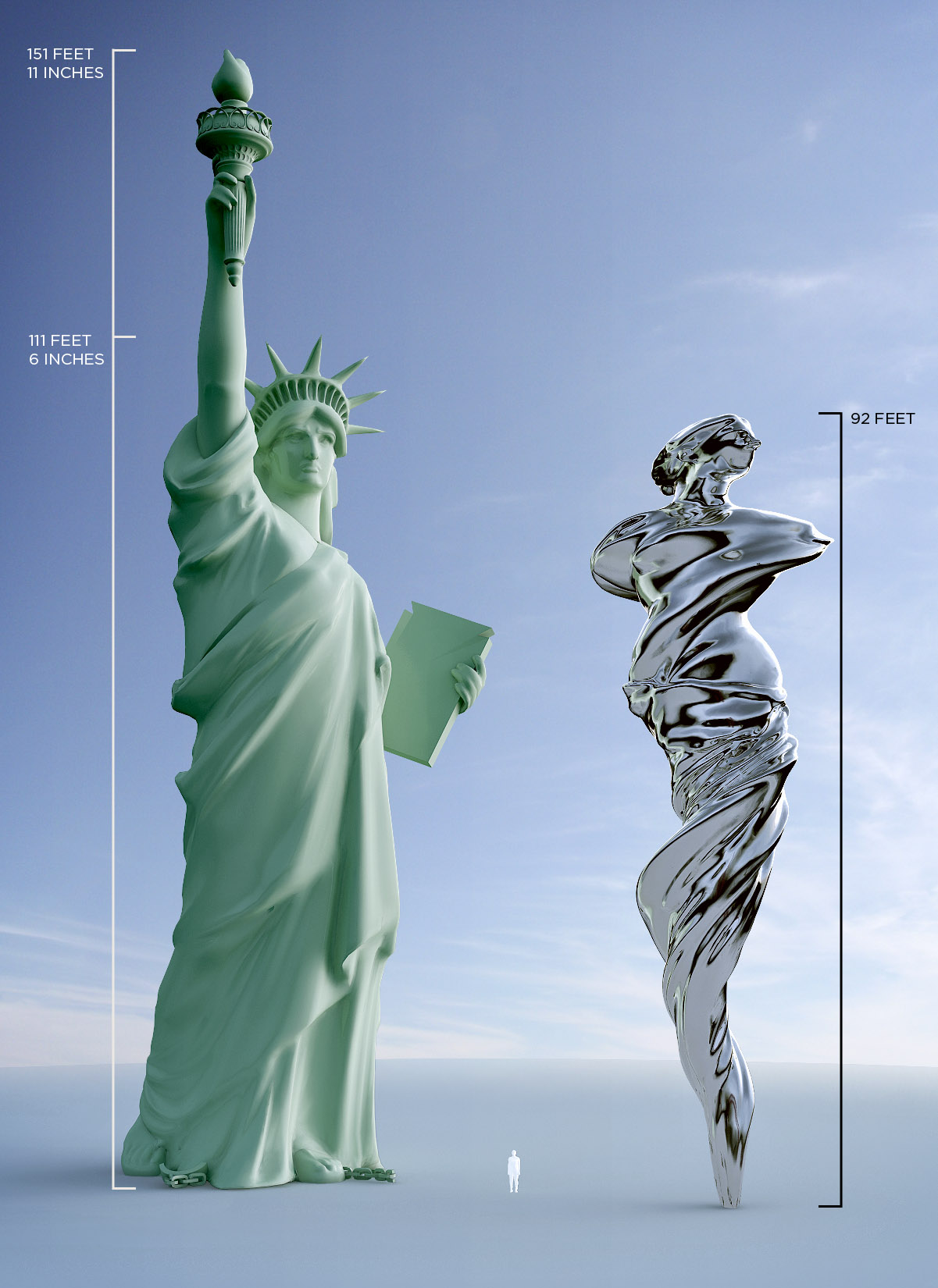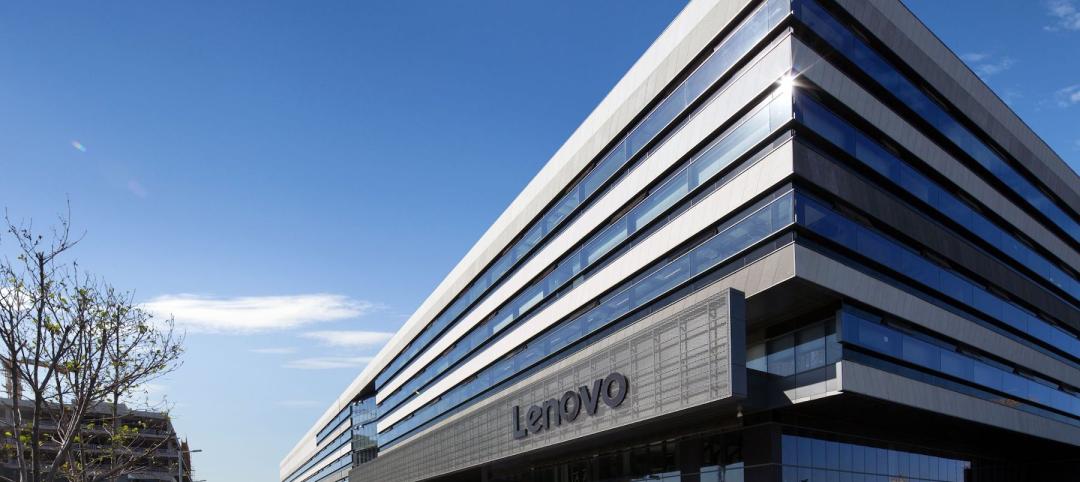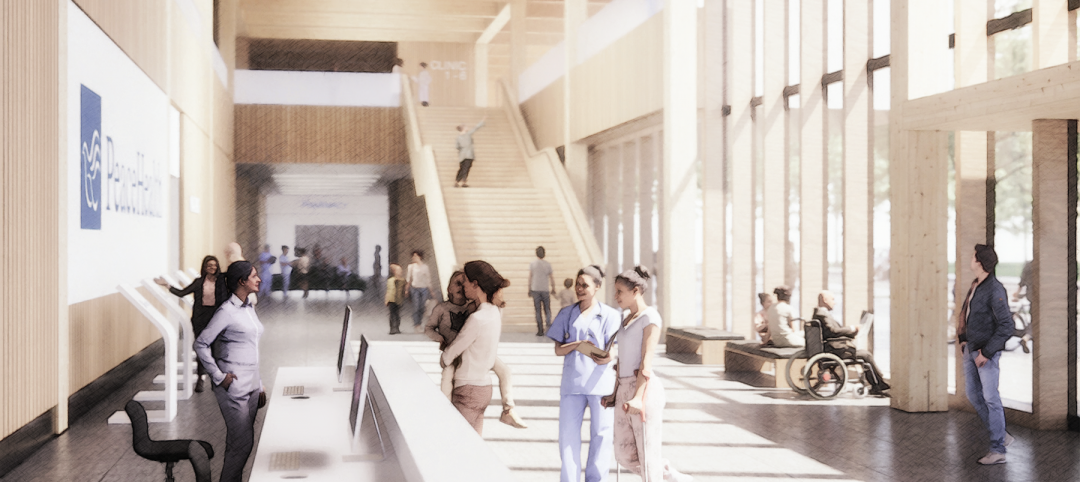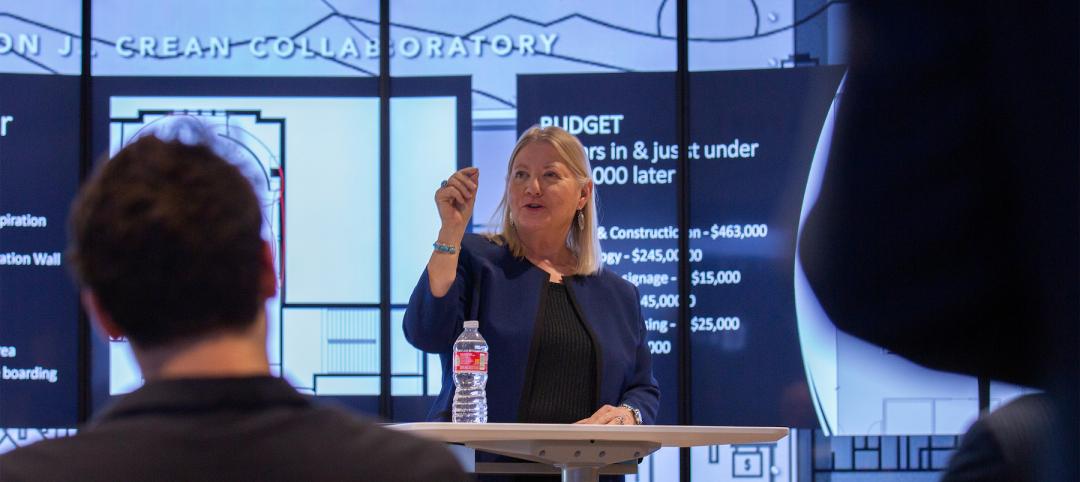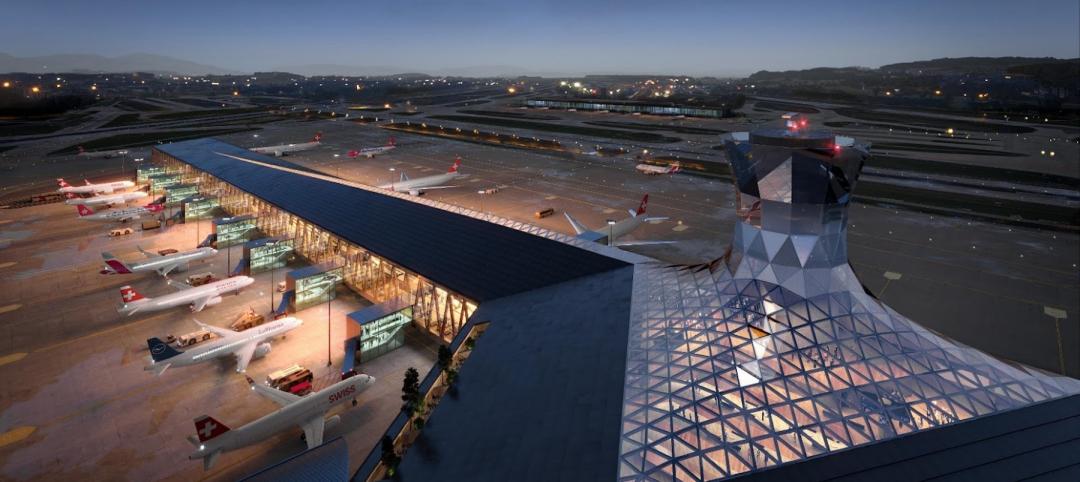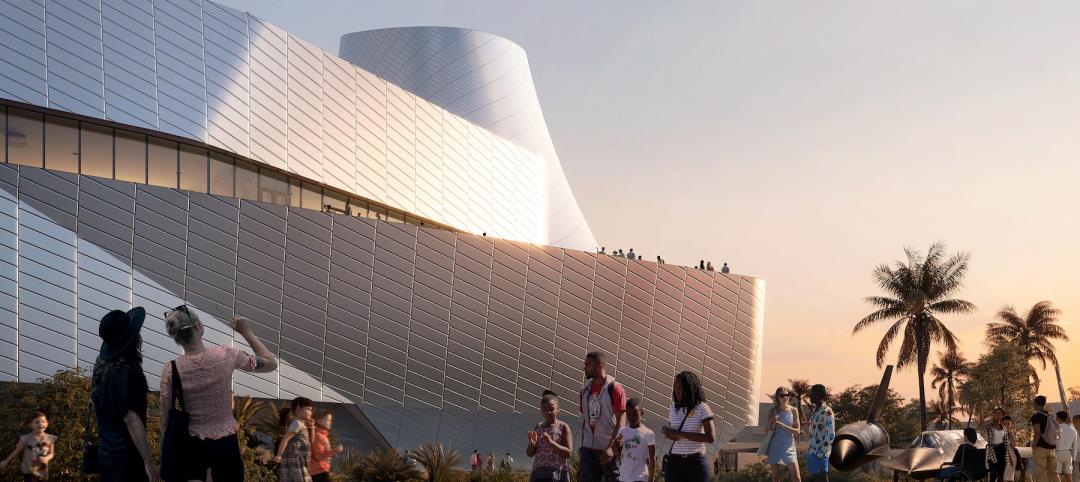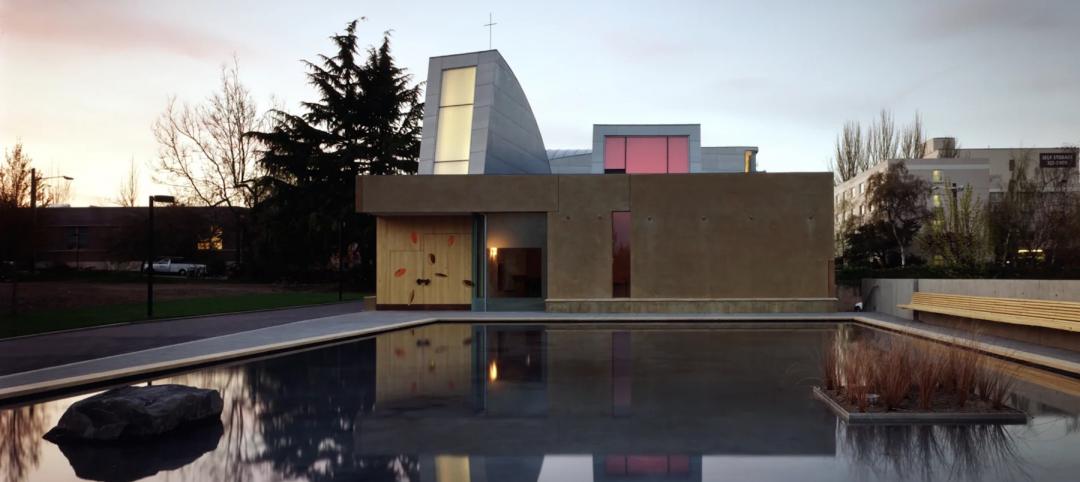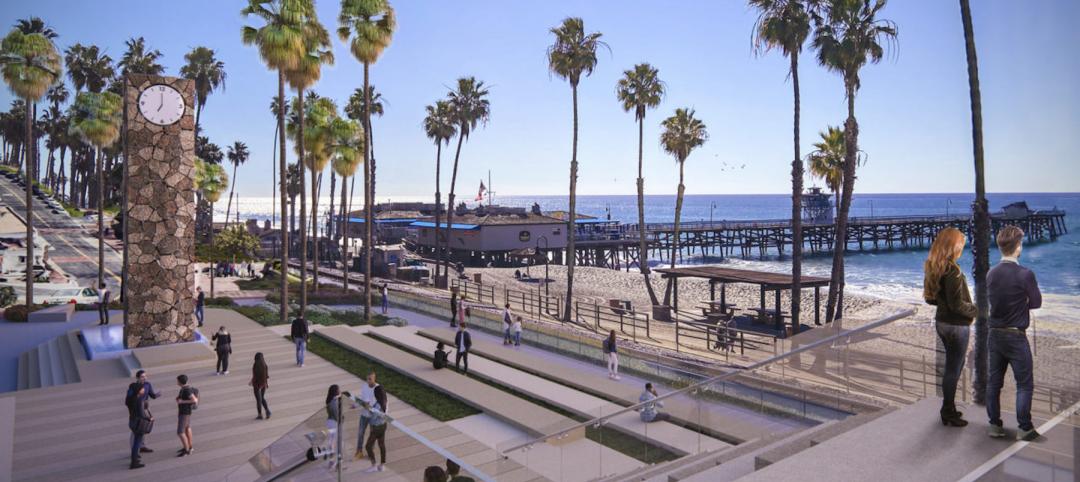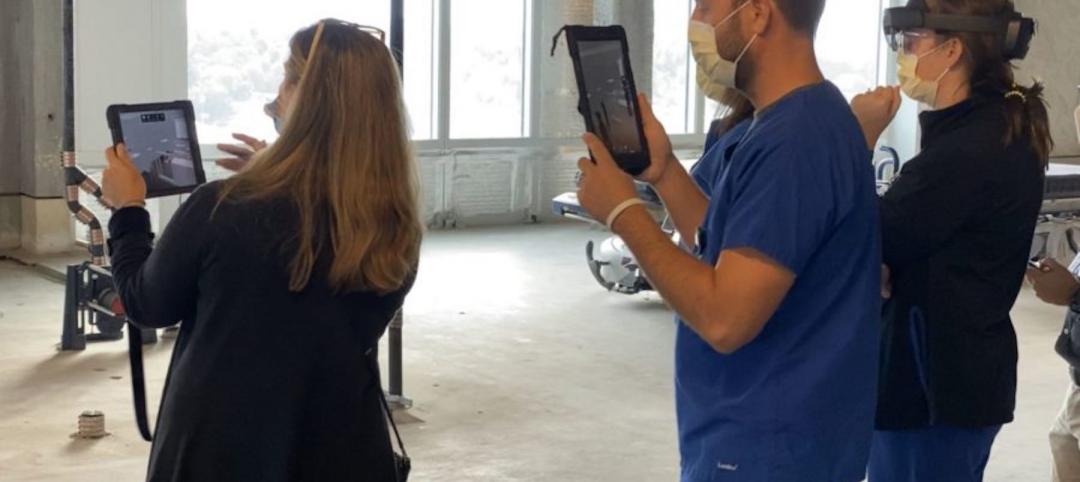When it comes to physical size and aesthetics, the Statue of Liberty will soon have a West Coast counterpart.
Venus, a 92-foot stainless steel statue, will highlight a large public piazza in the middle of San Francisco’s Trinity Place.
Created by artist Lawrence Argent, Venus is a modern day interpretation of the Venus de Milo, the armless ancient Greek statue. Venus will be made of 2,500 stainless steel panels seamlessly welded together on site, and it will be unveiled this summer.
“The idea of replicating the Venus de Milo came from a classical idea – an icon – that has been revered and respected for centuries. Venus at Trinity Place became this whirling object manifesting like a genie in a bottle coming out of the ground,” Argent said in a statement.
For scale, Venus is a little shorter than New York’s Statue of Liberty, which stands 111.5 feet as measured from heel to crown.
Venus is part of a larger installation on the piazza at Trinity Place, named C’era Una Volta – “Once Upon a Time.” Other works include a 20-seat marble table, seven-foot glass bollards with sculptures inside, and a nine-foot marble dove.
The one-acre piazza will serve as an outdoor walkway between Market and Mission streets, right next to a 1,900-unit apartment complex.
Owned by San Francisco real estate developer Trinity Properties and opened in 2010, Trinity Place is comprised of four high-rise apartment buildings and 65,000 sf of planned retail space. The development is located in the city’s Mid-Market area, which houses tech giants like Uber, Twitter, and Square.
Related Stories
Headquarters | Jun 30, 2022
Lenovo to build its new global headquarters in Beijing
Washington, D.C.-based architecture and design firm CallisonRTKL has announced it will create the new global headquarters in Beijing for Lenovo Group, a Chinese multinational personal technology company.
Mass Timber | Jun 29, 2022
Mass timber competition: building to net-zero winning proposals
The 2022 Mass Timber Competition: Building to Net-Zero is a design competition to expand the use of mass timber in the United States by demonstrating its versatility across building types and its ability to reduce the carbon footprint of the built environment.
Laboratories | Jun 29, 2022
The "collaboratory" brings digital innovation to the classroom
The Collaboratory—a mix of collaboration and laboratory—is a networking center being designed at the University of Denver’s College of Business.
Airports | Jun 29, 2022
BIG and HOK’s winning design for Zurich airport’s new terminal
Two years ago, Zurich Airport, which opened in the 1950s, launched an international design competition to replace the aging Dock A—the airport’s largest dock.
Museums | Jun 28, 2022
The California Science Center breaks grounds on its Air and Space Center
The California Science Center—a hands-on science center in Los Angeles—recently broke ground on its Samuel Oschin Air and Space Center.
Contractors | Jun 27, 2022
Reverse mentorship: A model for the future of the construction workforce
Reverse mentorship can help seasoned professionals develop new skills, stay connected with younger generations, and gain future-forward insights for life and business.
Building Team | Jun 27, 2022
Chapel of St. Ignatius by Steven Holl Architects receives AIA’s twenty-five year award
The American Institute of Architects (AIA) is honoring the Chapel of St. Ignatius in Seattle, designed by Steven Holl Architects, with its Twenty-five Year Award.
Green | Jun 22, 2022
The business case for passive house multifamily
A trio of Passive House experts talk about the true costs and benefits of passive house design and construction for multifamily projects.
Building Team | Jun 22, 2022
Design for new San Clemente Marine Safety Headquarters would create new public plaza
A proposed design by HMC Architects for a new San Clemente Marine Safety Headquarters makes creative use of the seaside topography of the Pacific Coast.
Augmented Reality | Jun 22, 2022
Not just for POKÉMON GO anymore: how augmented reality is transforming architecture
By solving a long-standing communication problem, Augmented Reality (AR) is poised to make architecture quicker, nimbler, and more cost effective.


